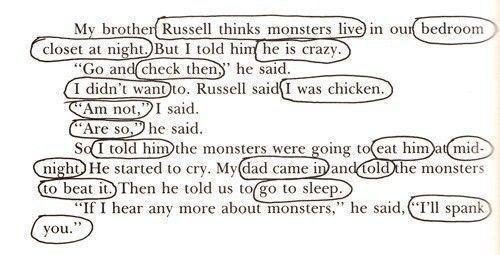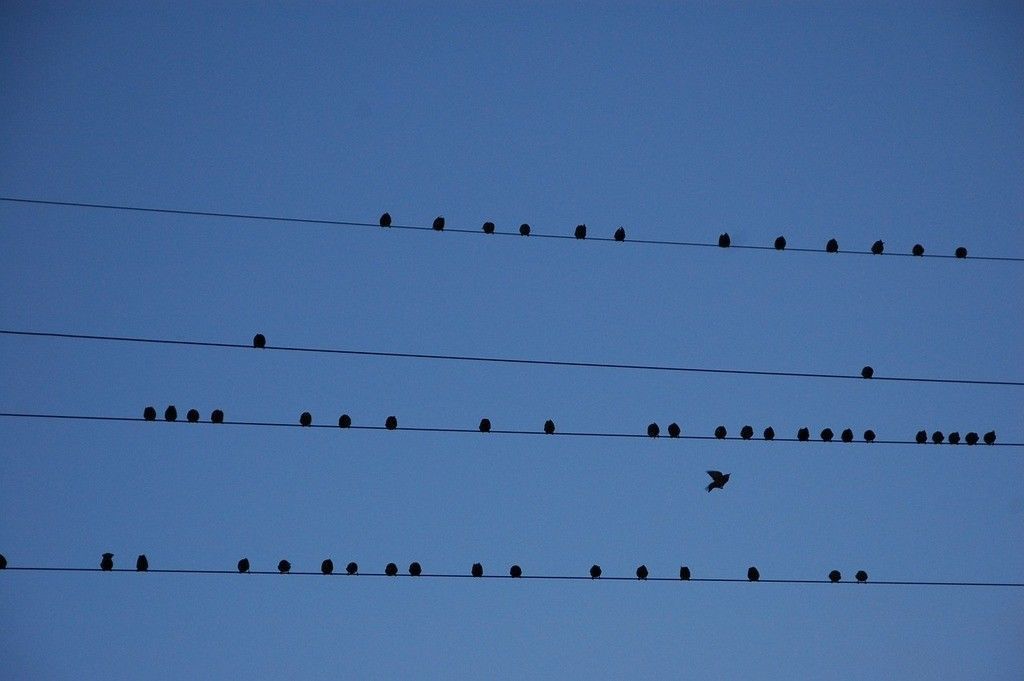Reading at the Speed of Light
 “The more that you read, the more things you will know. The more that you learn, the more places you’ll go.” — Dr. Seuss
“The more that you read, the more things you will know. The more that you learn, the more places you’ll go.” — Dr. Seuss
First up, when reading for pleasure, do it slowly. Don’t try to read faster. Enjoy the experience. If you immerse yourself in the book, you’ll likely end up in a state of flow. Time won’t matter.
However, sometimes you simply have to plow through material and glean as much information as quickly as possible. This is often non-fiction material for school or work.
Three steps to get through material quickly and improve your comprehension:
- It's important to build a mental model of the material. Read the table of contents and get a lay of the book. Skim the chapters and read the section headers, taking note of sidebars and illustrations. This pre-reading will make the most difference.
- Read to answer your questions generated from the pre-reading. Reading the introduction and conclusion of the book as well as each chapter will organize your purpose for reading. Jot the questions down and keep them handy. Your brain will automatically seek the answers when you read.
- There's no shortcut. You have to actiually read the material at some point. If you do the pre-reading steps above, then taking notes as you read to capture and reinforce ideas, will be straight-forward. Use sticky notes to capture and consolidate insights and actions.
Actually reading faster comes down to a set of skills:
- Increasing eye speed is something you have to train and practice. Old school approaches include using a pencil or a finger to pace your eyes and to discourage doubling-back and re-reading. These days, there are many apps for eye training. You'll have no trouble finding them; many are free.
- Sub-vocalization, sounding out each word (even in your head), slows you down. Try saying A-E-I-O-U while you read. Reading is not linear; you don't have to read every word. Really. Be okay with missing a word or two. Trust your brain. Skim or cluster what you read into chunks.
- Widen your eye span to use your peripheral vision and reduce the motion of your eyes. Instead of reading left to write, read top to bottom. It's like keeping your eye on both sides of the road while driving. Move your finger zigzaging across the page or straight down.
A note on eye health: Use correct lighting and don’t read when your eyes are tired. Take breaks to avoid eyestrain and headaches. Also, notice the size of the type: if it’s too small, then either find a larger print version, use magnification. See an optomitrist.
Most importantly, keep in mind that reading faster isn’t the cure to information overload.
Sources and more information:
- http://speedreadingtutorial.wordpress.com/category/chunking/
- http://www.spreeder.com/blog/how-to-read-faster-by-eliminating-subvocalization/
- http://www.brainpickings.org/index.php/2013/01/16/how-to-read-faster-bill-cosby/
- http://www.scotthyoung.com/blog/2007/03/10/double-your-reading-rate/
- http://pianoer.wordpress.com/2006/02/05/speed-reading-techniques/
- http://sourcesofinsight.com/how-to-read-faster/
- http://lifehacker.com/5973158/can-i-learn-to-read-faster-and-get-through-my-backlog-of-books
- http://sourcesofinsight.com/how-to-read-10000-words-a-minute/
- http://hackerspace.lifehacker.com/the-easiest-way-to-actively-read-476078116/@whitsongordon
- http://sourcesofinsight.com/the-truth-about-speed-reading/
NOTE: This post also appears at Reader’s Carnival.




